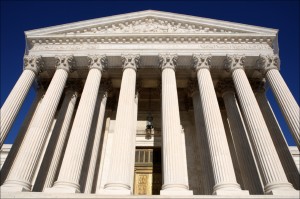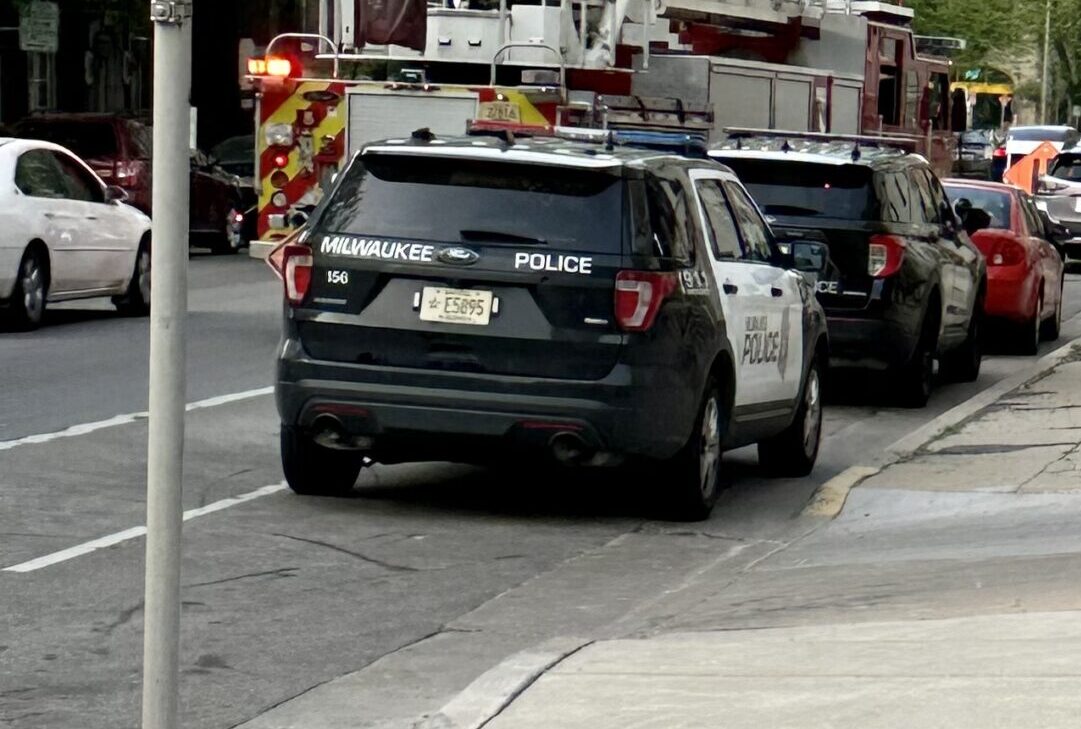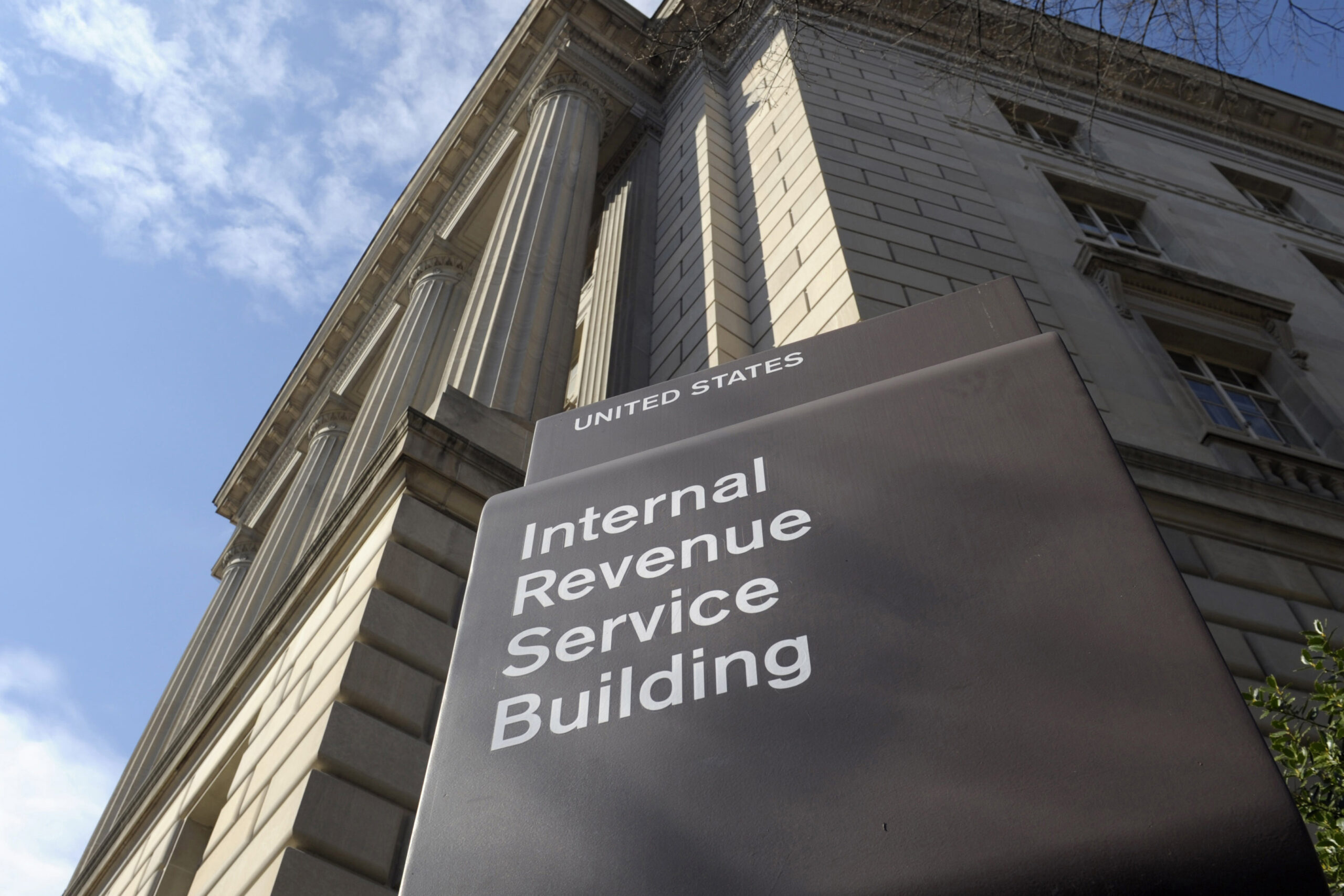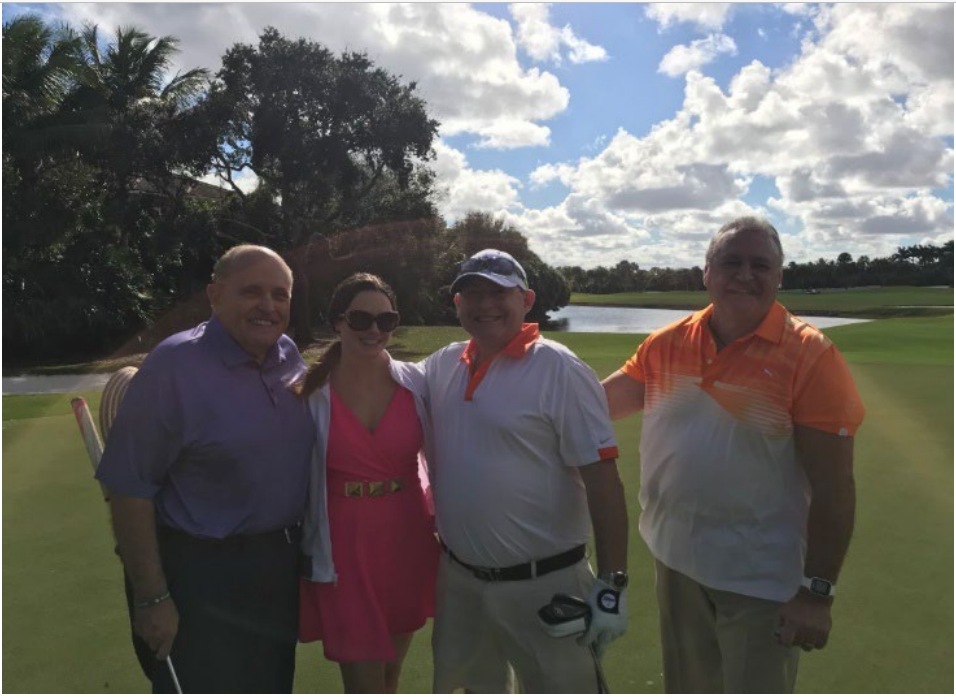U.S. Supreme Court tackles California gay marriage case
By: Rick Benedict//March 27, 2013//
By Kimberly Atkins
Dolan Media Newswires
 During heated arguments at the U.S. Supreme Court over California’s voter-approved constitutional amendment banning same-sex marriage, the justices verbally tussled with attorneys arguing over the law’s constitutionality — but also hinted that the case could have a surprise ending.
During heated arguments at the U.S. Supreme Court over California’s voter-approved constitutional amendment banning same-sex marriage, the justices verbally tussled with attorneys arguing over the law’s constitutionality — but also hinted that the case could have a surprise ending.
Justice Anthony Kennedy and other justices pointed out the lack of data and other evidence on the effects of same-sex marriage, which has been legal in only a few places in the country for a short time, and questioned if certiorari was granted too early.
“The sociological information is new. We have five years of information to weigh against 2,000 of years of history, or more,” Kennedy said during oral arguments Tuesday in Hollingsworth v. Perry.
The question of whether certiorari was improvidently granted was one of two legal hurdles that the justices would have to clear before getting to the merits. The other: whether the proponents of the same-sex marriage ban have standing to challenge the 9th U.S. Circuit Court of Appeals’ decision finding the law unconstitutional.
Neither of those questions seemed easy for the justices, who grilled attorneys on both sides — and at times scrapped with one another — while debating the challenge to the California state law once known as Proposition 8. And either could delay the court’s consideration of the constitutionality of a law which added 14 words to California’s state constitution: “Only marriage between a man and a woman is valid or recognized in California.”
The cost of waiting
On the issue of standing, Charles J. Cooper, founding member of Cooper & Kirk in Washington, argued on behalf of supporters of the ban that his clients “as representatives of the people and the state of California [can] defend the validity of a measure that they brought forward.”
Justice Ruth Bader Ginsburg questioned whether those who support a ballot measure retain a special “proprietary interest” in defending the law in court once it has been approved, since ordinary citizens lack standing to challenge a law absent a showing of injury.
“It’s the law for them just as it is for everyone else,” Ginsburg said. “So how are they distinguishable from the California citizenry in general?”
Justice Antonin G. Scalia tried to answer Ginsburg’s question with one of his own.
“The attorney general of this state doesn’t have any proprietary interest either, does he?” Scalia asked. “But he can defend it.”
“The question before the court [is] not the injury to the individual proponents — it’s the injury to the state,” Cooper replied.
On the issue of whether it’s too soon for the court to take up the constitutionality of something as historically new a same-sex marriage, Solicitor General Donald B. Verrilli Jr. joined the other attorneys in urging the justices to act now.
“Waiting imposes real costs in the here and now,” Verrilli said. “It denies to the parents who want to marry the ability to marry, and it denies the children.”
“But you are willing to wait in the rest of the country,” Chief Justice John G. Roberts Jr. said, noting that the government is urging a holding that affirms the 9th Circuit’s decision without forcing other states to legalize same-sex marriage. “You are saying it’s got to happen right now in California, but you don’t even have a position about whether it’s required in the rest of the country.”
‘The voice of those children’
Addressing the merits of the case, Cooper stressed that “the constitutional issues that have been presented to the court are not of first impression here,” referring to Baker v. Nelson, a Minnesota Supreme Court decision that same-sex couples do not have a fundamental right to marry.
The Supreme Court, in a brief order, declined to take up the Baker case, citing “want of a substantial federal question.”
If that case did not rise to the level of meriting Supreme Court intervention, Cooper argued, then neither does this case.
“Mr. Cooper, Baker v. Nelson was [issued in] 1971,” Ginsburg said. “The Supreme Court hadn’t even decided that gender-based classifications get any kind of heightened scrutiny then.”
When Cooper argued that “there no way that [anyone] could possibly know what the long-term implications of a profound redefinition of a bedrock social institution would be,” Scalia jumped in to help him out.
“I don’t know why you don’t mention some concrete things,” Scalia said to Cooper before offering his own suggestions. “If you redefine marriage to include same-sex couples, you must permit adoption by same-sex couples, and there’s considerable disagreement among sociologists as to what the consequences of raising a child in a single-sex family, whether that is harmful to the child or not.”
Justice Elena Kagan, turned to Cooper’s argument that an essential function of traditional marriage is procreation and asked whether states can ban marriage between two 55-year-old people.
“I can pretty much assure you that if both the women and the man are over the age of 55, there are not a lot of children coming out of that marriage,” she said.
Cooper argued that “society’s interest in responsible procreation isn’t just with respect to the procreative capacities.”
But Scalia offered his own response.
“Strom Thurmond was not the chairman of the Senate committee when Justice Kagan was confirmed,” he said, referring to the late senator who fathered children late in life.
Kennedy, seen as a potential key swing vote in the case, made an unusually emotional point about what’s at stake.
“There are some 40,000 children in California [that] live with same-sex parents, and they want their parents to have full recognition and full status,” Kennedy said. “The voice of those children is important in this case.”
Theodore B. Olson, a partner in Gibson, Dunn & Crutcher’s Washington office, argued on the same-sex couples’ behalf that the law unconstitutionally “walls off the institution of marriage, which is not society’s right.”
Scalia asked for the source of Olson’s constitutional claims.
“I’m curious: when did it become unconstitutional to exclude homosexual couples from marriage?” he asked. “1791? 1868 when the 14th Amendment was adopted? Some time after Baker when we said it didn’t even raise a substantial federal question? When did the law become this?”
“When did it become unconstitutional to prohibit interracial marriage?” Olson responded.
“Easy question, I think, for that one: at the time that the Equal Protection Clause was adopted,” said Scalia. “[And] don’t give me a question to my question.”
The justice continued to press Olson, causing both to raise their voices in an unusual display of high court animation.
“When did it become unconstitutional to prohibit gays from marrying?” Scalia demanded.
“It was constitutional when we as a culture determined that sexual orientation is a characteristic of individuals that they cannot control,” Olson said.
“I see. When did that happen?” Scalia asked.
“There’s no specific date in time,” Olson said. “This is an evolutionary cycle.”
“Well, how am I supposed to know how to decide a case?” Scalia responded.
The arguments came one day before the justices take up the federal Defense of Marriage Act, which defines marriage between a man and a women for federal purposes.
A ruling is expected just before the term wraps up in June.
Legal News
- Wisconsin prison inmate pleads not guilty to killing cellmate
- Waukesha man sentenced to 30 years for Sex Trafficking
- 12-year-old shot in Milwaukee Wednesday with ‘serious injuries’
- Milwaukee man convicted of laundering proceeds of business email compromise fraud schemes
- Giuliani, Meadows among 18 indicted in Arizona fake electors case
- Some State Bar diversity participants walk away from program
- Wisconsin court issues arrest warrant ‘in error’ for Minocqua Brewing owner
- Iranian nationals charged cyber campaign targeting U.S. Companies
- Facing mostly white juries, are Milwaukee County defendants of color truly judged by their peers?
- Milwaukee Mayor speaks in D.C. Tuesday at White House water summit
- Chicago man sentenced to prison after being caught with ‘Trump Gun’
- FTC bans non-competes
WLJ People
- Power 30 Personal Injury Attorneys – Russell Nicolet
- Power 30 Personal Injury Attorneys – Benjamin Nicolet
- Power 30 Personal Injury Attorneys – Dustin T. Woehl
- Power 30 Personal Injury Attorneys – Katherine Metzger
- Power 30 Personal Injury Attorneys – Joseph Ryan
- Power 30 Personal Injury Attorneys – James M. Ryan
- Power 30 Personal Injury Attorneys – Dana Wachs
- Power 30 Personal Injury Attorneys – Mark L. Thomsen
- Power 30 Personal Injury Attorneys – Matthew Lein
- Power 30 Personal Injury Attorneys – Jeffrey A. Pitman
- Power 30 Personal Injury Attorneys – William Pemberton
- Power 30 Personal Injury Attorneys – Howard S. Sicula











